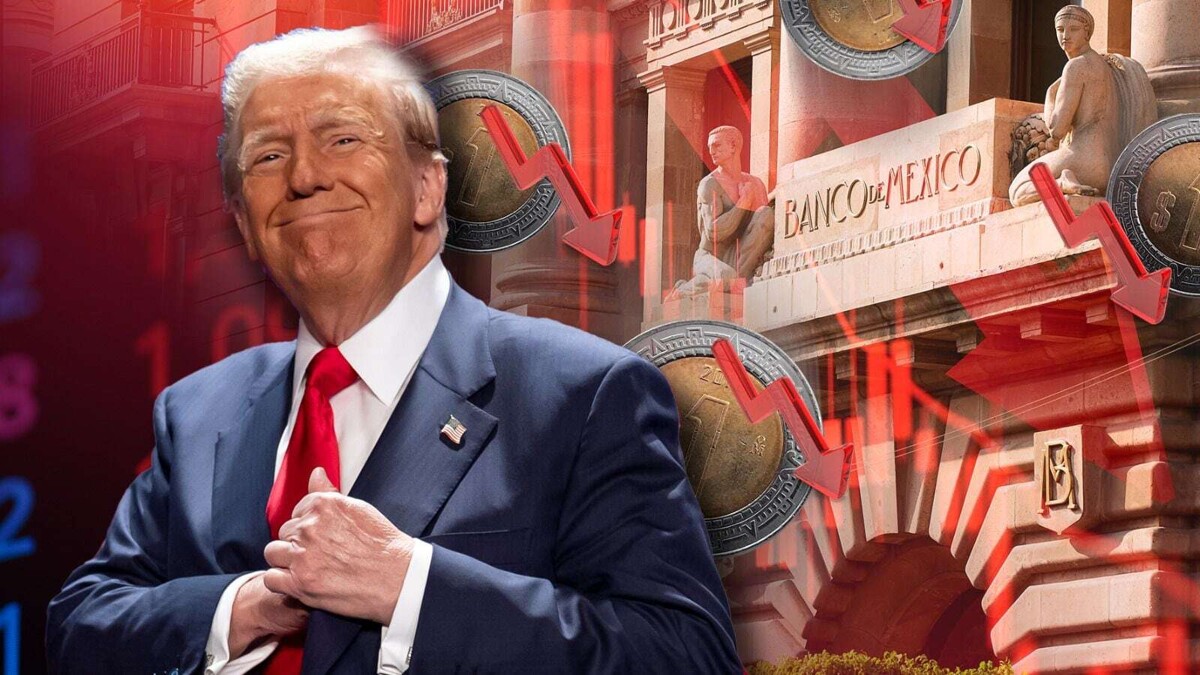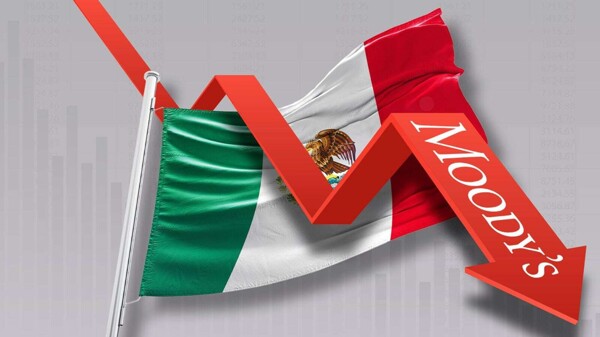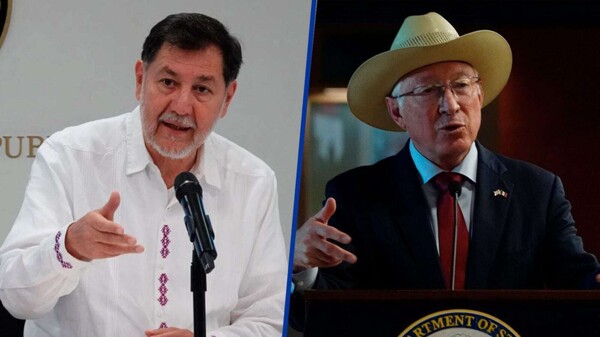
The exchange rate started at 20.57 units before the monetary policy announcement, later reducing losses to 20.42 pesos per dollar. Gabriela Siller, director of economic-financial analysis at Banco Base, commented that despite a non-restrictive tone in the statement, increases in inflation forecasts are expected for the coming quarters.
"The movement in the exchange rate following the announcement was due to the expectation of interest rate cuts by Banxico," Siller mentioned. Jason Tuvey, deputy chief economist for emerging markets at Capital Economics, pointed out that Banxico left open the possibility of greater easing in the future, though this will largely depend on the situation of the peso.
Tuvey also warned that a sharp decline in the value of the currency could lead authorities to halt or reverse the easing cycle. Two important factors that influenced the rate cut were the inflation rate in October and the stability of the peso following the elections in the United States.
Andrés Abadía, chief economist for Latin America at Pantheon Macroeconomics, suggested that the peso could become a target for Trump in the coming year, which would raise inflation expectations. This, in turn, could limit future interest rate cuts. Luis Gonzali, vice president and co-director of investments at Franklin Templeton Mexico, emphasized the importance of acting quickly in response to the potential inflationary impact of Trump.
According to analysts, the interest rate cut by Banxico was expected, but it will be crucial to observe the behavior of the exchange rate to determine if further cuts will occur. The Board of Governors of the Bank also mentioned the possibility of additional depreciation of the Mexican peso as a risk for future inflation. Despite the downward pressure following Trump's election, the peso has managed to recover most of its losses.














